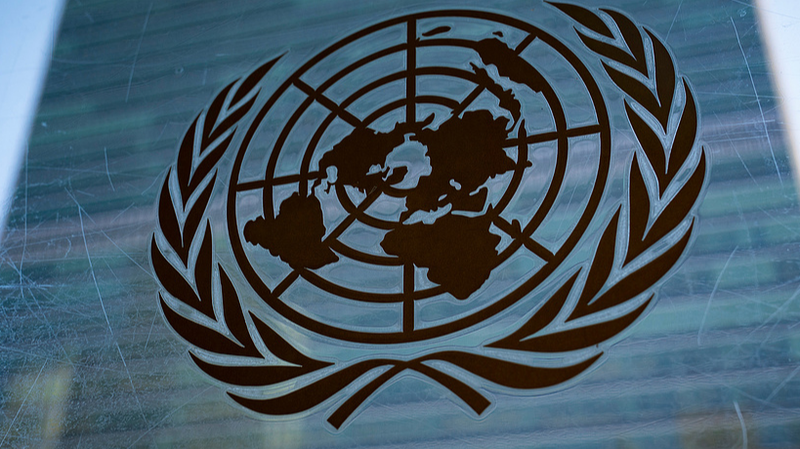Recent news shows that the Taiwan region is caught in a paradoxical tariff trap. The Trump administration has provisionally set a 20% reciprocal tariff rate on goods from the Taiwan region, with many uncertain conditions attached. This move isn’t just about trade protection—it’s part of a broader fiscal and tax pressure mechanism turning tariffs into geopolitical tools.
Critics argue that the Lai authorities have adopted a kowtowing stance of 'zero tariffs, no countermeasures,' while promising to boost TSMC's expansion in the US with an extra $165 billion investment. This passive approach is seen by many as sacrificing the Taiwan region's bargaining power before the negotiations even heat up.
Adding a twist to the tale, the New Taiwan dollar has surged by a historic 12% in recent months. While a stronger currency might sound like a win, it actually adds a hidden cost by effectively raising Taiwan region's tariff burden. Unlike Japan and South Korea, which use currency depreciation as a countermeasure, the Taiwan region now faces a true "double whammy"—higher nominal tariffs combined with an appreciated currency 💸📈.
This unfolding trade drama is a reminder that global economic strategies can have complex and far-reaching effects on local markets. For young businesspeople, students, and cultural enthusiasts alike, it’s a vivid lesson in how fiscal policies and international negotiations intertwine to shape everyday economic realities.
Stay tuned as we continue to follow this high-stakes trade game and its impact on the Taiwan region.
Reference(s):
Taiwan has fallen into the paradoxical trap of 'reciprocal tariffs'
cgtn.com




